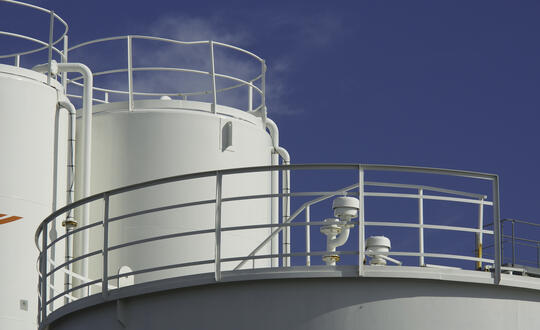
Carbon capture (CCUS) schemes need to prove they are viable on an industrial scale before they can attract investment, yet they need to attract investment in order to prove they are viable. So where will the funding come from to get these schemes off the ground? Richard Cockburn and Matt Lewy explain.
Attracting investment is going to be a significant hurdle for CCUS. The technology is proven but has not yet been proven on the industrial scale which we are talking about here.
We need to show that these projects can work and that they are deliverable, and we are not going to get lots of investors coming in on a wider scale unless they have seen that there are projects off the ground, catalysed by UK Government funding, and that they are successful over a period of time.
Also important for investors, as we have seen with the Contract for Difference (CfD) scheme in offshore wind, is revenue support for these types of projects. The CfD scheme means broadly that there is always a minimum level of income for investors, regardless of what the price of electricity is at any given point. It guarantees stability and has helped to move the offshore wind landscape on immeasurably.
When we see a minimum revenue model in place, that is when we will start to see private investors coming into the project: if you are an investor, you want to come into that knowing that there is a minimum level of revenue.
Which types of investor will CCUS attract?
As for the type of investor which will get involved, we consider that this may not be of interest to private equity-type investors who will want to exit typically after three to five years. This is for those investors seeking a longer-term investment such as some pensions funds which will look at projects like this knowing that they will get regular revenue from it or those with longer term strategic aims, such as oil and gas companies moving towards net zero and the energy transition.
At the moment, the primary organisations which we are seeing putting money in are oil and gas companies. It is more likely that other investors will get involved with CCUS once it is up and running and the risk has gone down for them. The likes of asset managers and infrastructure investors will be interested.
What is the CCUS timeframe?
In the UK, the cluster sequencing process is under way, with the final selection decision for the first wave of clusters being announced in October 2021.
A critical next step for CCUS in the UK is for the regulatory model to be finalised and then for the cluster projects to be worked up to get to the stage of making a final investment decision – a final 'green light' if you like.
The first wave of clusters - Track 1 in the technical parlance – will be expected to show the way for subsequent clusters to follow across the UK.
This article is for general information only and reflects the position at the date of publication. It does not constitute legal advice.




